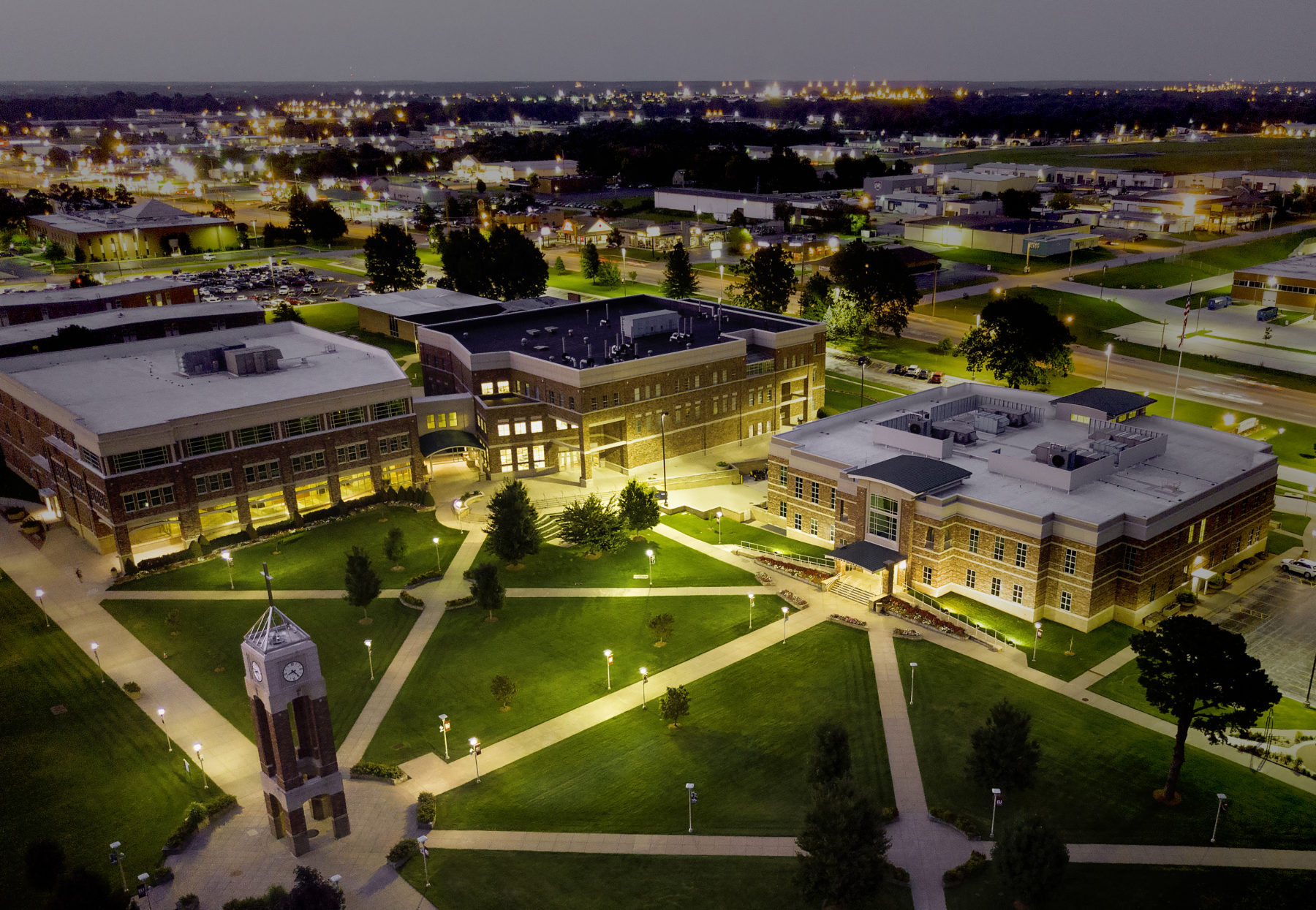In a widely anticipated move, President Joe Biden’s administration announced their student debt relief plan on Wednesday, Aug. 24.
The three-part plan, enacted via executive action, forgives up to $20,000 in student loan debt for some borrowers, extends the repayment pause through December 31, 2022, and establishes an income-driven repayment plan that prevents undergraduate students with federal debt from paying more than 5 percent of their discretionary income on the loan.
“In keeping with my campaign promise, my administration is announcing a plan to give working and middle-class families breathing room as they prepare to resume federal student loan payments in January 2023,” Biden said in a Tweet Wednesday morning.
In the afternoon, Biden held a live briefing to provide more details on the plan, while also critiquing opposition and commending the recent Inflation Reduction Act.
The median student loan debt in Greene County is $19,229. Of those borrowers, 10 percent of them have student loan debt in default at an average of $7,698, according to Washington DC-based think tank The Urban Institute.
Locally, 62 percent of graduates from Missouri State University and Drury University have federal student debt at an average of $27,075 and $37,144, respectively. Meanwhile, 78 percent of Evangel graduates owe an average of $26,049 in federal loans, according to 2019-2020 data from The Institute for College Access and Success.
“An entire generation is now saddled with unsustainable debt in exchange for an attempt for a college degree,” Biden said. “The burden is so heavy that even if you graduate, you may not have access to a middle-class life that a college degree once provided.”
Student loan debt forgiveness will be provided only for federal loan borrowers, not private loans. Pell Grant recipients will be eligible for up to $20,000 in debt forgiveness, with non-Pell Grant recipients qualifying for up to $10,000. In each case, the borrower is only eligible if their annual income is below $125,000 for individuals or $250,000 for married couples or heads of households.

“The administration’s student loan plan is a one-two punch for hard-working Americans,” Sen. Roy Blunt said in a press release after the news broke. “It’s a handout for high-income college and advanced degree graduates paid for by taxpayers who had no part in taking out these loans. And, it will drive inflation up even further when families are already struggling with skyrocketing costs.”
According to the Federal Student Aid office of the U.S. Department of Education, the purpose of the direct debt relief is “to smooth the transition back to repayment and help borrowers at highest risk of delinquencies or default once payments resume.”
The repayment pause has been in place since the beginning of the COVID-19 pandemic. Despite the brief extensions, the language implies repayment on federal student loans will resume in 2023.
How to get forgiveness?
The education department will require eligible persons to undergo an application process, partly to ensure they are up-to-date on income data. While the application process is currently unavailable, they encourage potential applicants to sign up for news and updates on their subscription page.
“In the coming weeks, the Department of Education will lay out, in detail, a short and simple form to apply for this relief, along with information when this application process opens,” Biden said. “By resuming student loan payments at the same time as we provide targeted relief, we’re taking an economically responsible course.”
Additionally, borrowers that are employed by nonprofits, the military, or federal, state, Tribal, or local governments could be eligible to have all of their student loans forgiven through the Public Service Loan Forgiveness (PSLF) program.
The move by the Biden Administration comes less than three months before a pivotal mid-term election after months of calls by members of his own party to cancel up to $50,000 in student loans per borrower, including from Senate Majority Leader Chuck Schumer.
On the campaign trail, Biden expressed interest in forgiving up to $10,000, which is applicable to many borrowers under the current plan. Due to the student debt relief plan’s evasion of Congressional approval, it could face legal challenges.
More information can be found on the Federal Student Aid website and as the implementation of the plan is still evolving, those interested are encouraged to continue checking the page for progress and sign up for email updates.

